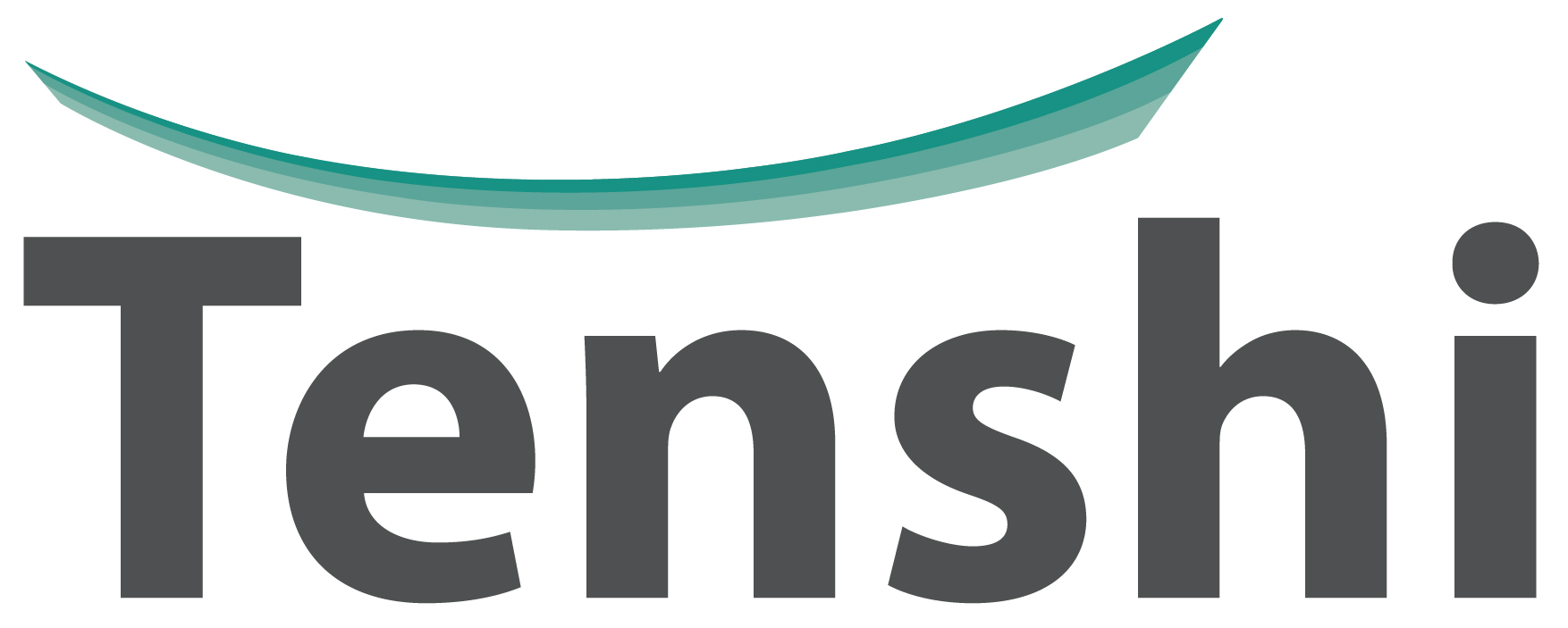I often get asked, what is an insight, and how do I get to one?
I’ve heard them described as ‘A previously unknown Universal Truth’ which sounds all rather enigmatic and a bit like deciphering a cryptic code. I have a much clearer way to define and describe an insight.
An insight is exactly that… something in (your) sight, that wasn’t, before now. It exists already, but not something that you’ve opened your eyes to before.
It has been out of sight, and thus out of mind. It often is the coming together of two disparate pieces of information in a new way, a little like a graphic optical illusion, where two faces become a beautiful vase. You need to see the previously unseen, it is both strategic and creative thinking. It requires you to flex and extend your mental lens muscles.
To see an insight for the first time you need to explore new perspectives, and open up your view to a broader, more ambiguous approach, and then focus on bringing different points together in your line of sight. This requires both divergent and convergent thinking. So it is no wonder then that these starting points are most often come across through observational and qualitative research, or ‘findings’.
When insights appear before you, they feel like a discovery, just like when you’ve hunted for your sunglasses only to lay eyes on them with a rush of recognition and an immediate understanding of what had happened, in order for them to be wherever you finally come upon them. That ‘Aha’ when you find them is the same.
There is no way to deny where you’ve found your sunglasses. They were simply there, where you left them. And an insight is like that too. It is a truth, one that is difficult to deny. A truth is without ego, and usually pretty obvious when you think about it. The beauty is usually in it’s simplicity and humility.
And as we know, beauty is in the eye of the beholder. As we see through human eyes, so too is an insight the product of the human lens. It is human centred. It is recognising inherently human behaviour as it applies in circumstance.
And it can be instantly seen, recognised and understood by the many. Just as you point out a bird in the sky and ask, do you see it, you will see instinctive nods by those around you, when describing a new insight.
Seeing is believing – A good insight rallies faith in the work that comes from it. It motivates.
And by now you are probably sick of hearing a litany of clichès, and perhaps thinking that this is not serious enough for you, it might all be just a little too silly. Funny thing is, silly is good when looking for insights and so too is humour. To be silly means to appear out of the norm, it is also more memorable, and can’t be done without a level of trust and openness. All of these are key to effective insight mining behaviour.
And it is a great insight workshop trick too. Start with some good old fashioned clichès as they tend to be based on great classic insights, and dig a little to get to the first principles, there you will find insight gold. And that, like any kind of mining is hugely rewarding.
Before you know it, you’ll be needing those shades!

